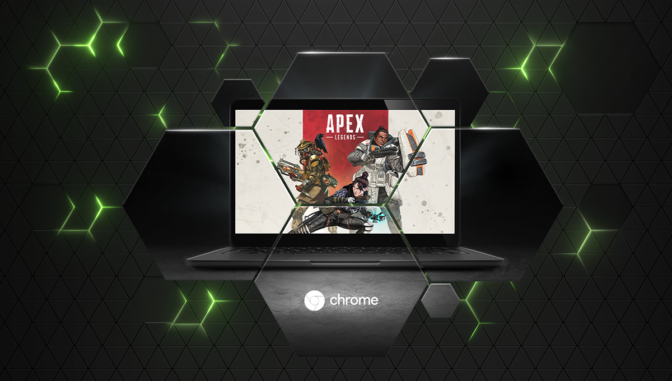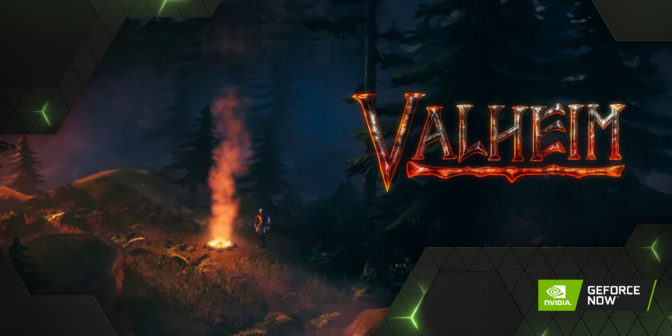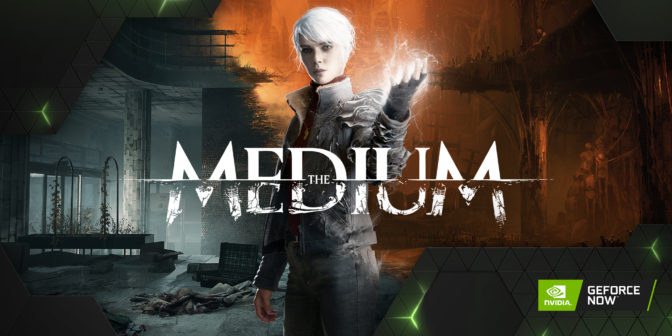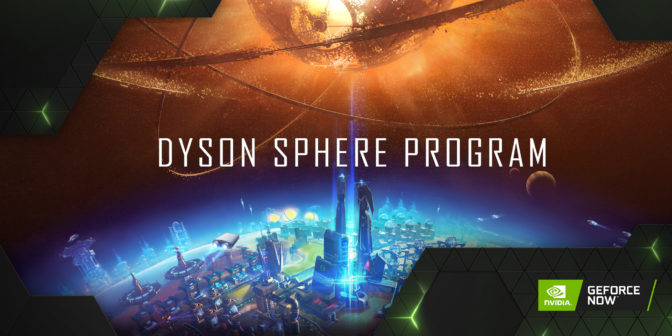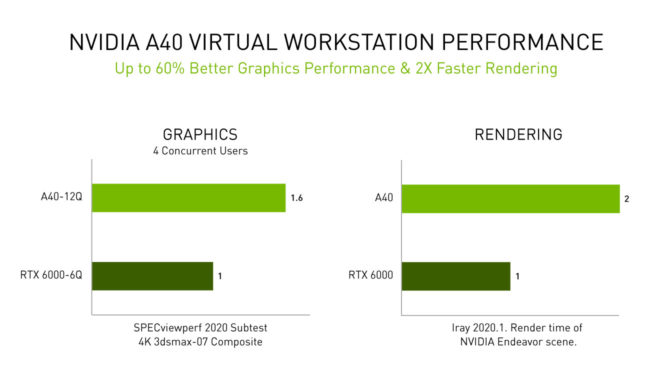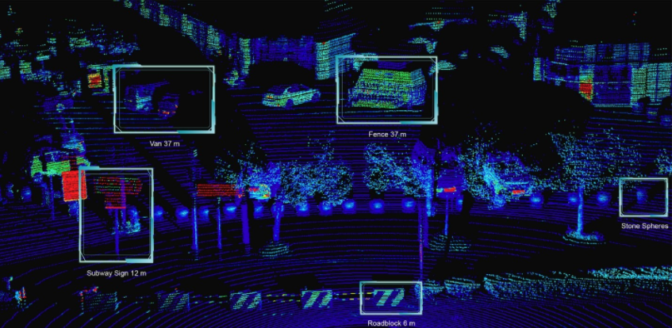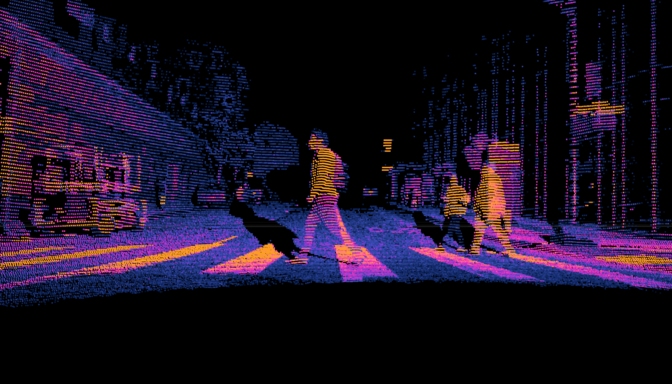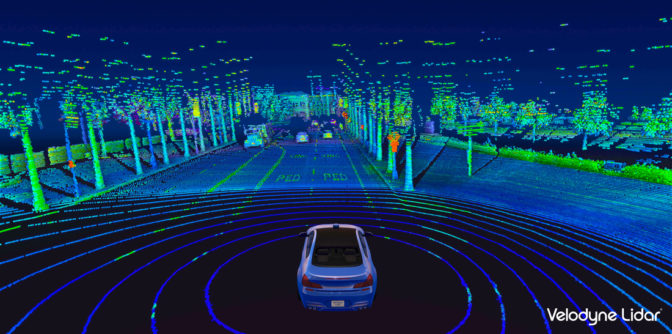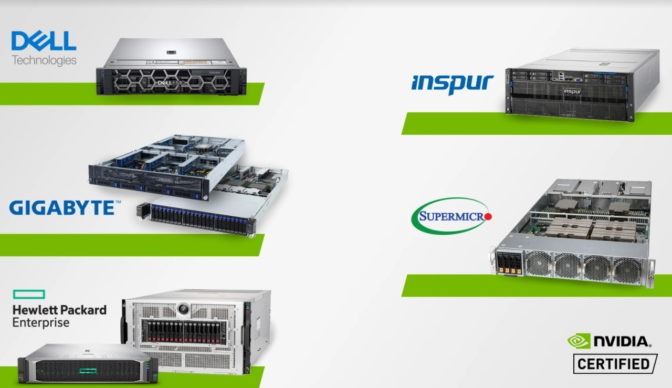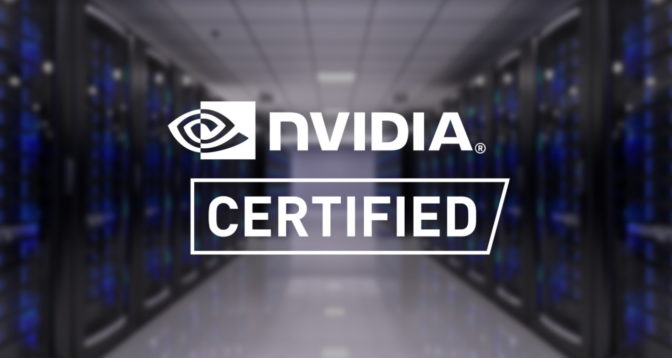It’s a celebration, gamers!
One year ago to the day we launched GeForce NOW, our cloud gaming service that transforms ordinary hardware into an extraordinarily powerful GeForce gaming PC. It’s the always-on gaming rig that never needs upgrading or patching and can instantly play your library of games.
We’ve been blown away by the passion and fandom of its members. Over 175 million hours have been streamed and more than 130 million moments have been captured with NVIDIA Highlights. It is the gamers who continue to push GeForce NOW forward.
Over the past year, we onboarded hundreds of games and are now supporting more than 800 titles, including 80 of the most-played free-to-play games, from over 300 publishers. Games like Cyberpunk 2077, Control and The Medium turned RTX ON to deliver real-time ray tracing and cinematic-quality graphics.
 A glimpse into year one for GeForce NOW
A glimpse into year one for GeForce NOW
We added new platforms, including Chromebook, iPhone and iPad, over the past few months. Today, GeForce NOW extends to even more PCs and Macs with Chrome browser support in beta. Additionally, Mac support expands to include new Apple M1-based hardware.
GeForce NOW has grown globally as well, with more than 65 countries now supported by our own service and more being added regularly by our GeForce NOW Alliance.
New Games, New Features — That’s GFN Thursday
Mark your calendars! GFN Thursday is our ongoing commitment to bringing great PC games and service updates to members each week. Check in every Thursday to discover what’s new in the cloud, including games, exclusive features and news on GeForce NOW.
Thirty new games will join the GeForce NOW library this month, including a number of day-and-date releases. Highlights include Apex Legends Season 8, Valheim, Werewolf: The Apocalypse – Earthblood and a demo for Square Enix’s highlighly anticipated Outriders game, coming to GeForce NOW on Feb. 25.
For the full list of games, including today’s GFN Thursday release, check out our latest blog.
Adding Even More Ways to Play
Switching between work and gaming is now just a Ctrl+Tab away.
Starting today, we’re adding beta support for Chrome browser on Windows PC and macOS, so members can access GeForce NOW instantly from more devices. The native applications on each platform still provide the best experience and features, but now gaming is even more convenient.
To get started, launch Chrome and head over to https://play.geforcenow.com. Then, simply log in and play.
Create desktop shortcuts by clicking on a game to open the details, and select +SHORTCUT to help launch your favorite games faster.
Members can also quickly and easily invite friends to play the same game. Click on a game to open the details, copy the URL shown in your browser, then share over social media, text or email.
Our latest client release also adds official support for Macs with the new Apple M1 chip via Rosetta 2. Apple products with the new chip will ask you to install Rosetta, if you haven’t previously, before installing the GeForce NOW app.
The Celebration Begins
All month long we’ll be celebrating GFN members with a series of rewards and giveaways. In the days ahead, Founders members can look forward to a unique offer in their inbox, while all members will have something special waiting as well.
And on social there will be weekly opportunities to win premium prizes, including Steel Series Arctis Pro wireless headphones, Razer Kishi controllers and more.
Now is the perfect time to encourage your friends to join you in the cloud by signing up for a free membership. Or upgrade to a Founders membership for priority access to gaming servers, extended session lengths and RTX ON for supported games.
GeForce NOW is available on nearly any PC, Mac, Chromebook, iPhone or iPad, and Android devices including NVIDIA SHIELD TV.
Follow us on Facebook and Twitter to get in on the fun, and subscribe to the GeForce NOW newsletter for game updates and the latest news.
The post Achievement Unlocked: Celebrating Year One of GeForce NOW appeared first on The Official NVIDIA Blog.

